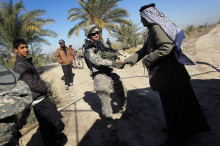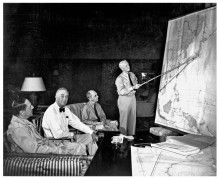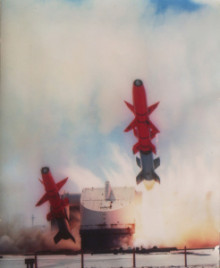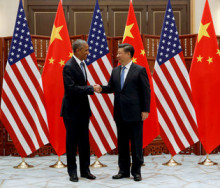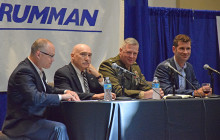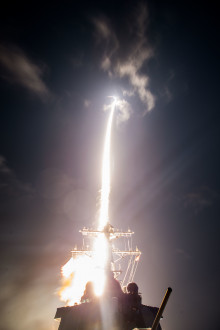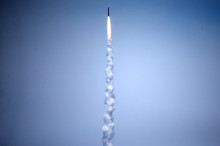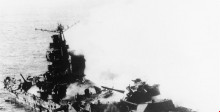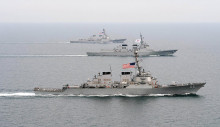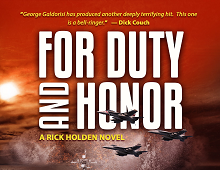Directed Energy
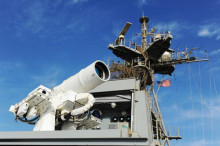
I was recently honored by the Surface Navy Association with their Literary Award for my U.S. Naval Institute Proceedings article, “A Potent One-Two Punch.” It’s always an honor to receive an award such as this one, but I believe what contributed to the award had less to do with fabulous writing than it did to do with the importance of the issue, that is, what kind of ships should the U.S. Navy build in the future. I argued that we will be most successful against our adversaries if we build more ships like the Zumwalt-class destroyer, that is, electric drive ships with directed-energy weapons. Here is part of what I said:
The promise of directed-energy weapons has captured the imagination for more than a century. By the eve of the last century, the understanding of physics had progressed to a point where directed-energy weapons had become a staple of popular fiction, perhaps most famously captured in the Martian “heat rays” of H.G. Wells’ The War of the Worlds in 1898.
For more than 50 years, the Department of Defense has pursued the goal of using directed-energy for military purposes. Today, these weapons represent some of the most innovative technologies under development by the U.S. military. Research and analysis suggest that the services in general, and the Navy in particular, can leverage these weapons to field transformational capabilities in the near-, mid-, and far-terms.
Directed energy–based systems are already contributing to the emerging capabilities that enable a new American way of war. Laser range finders and targeting systems are deployed on tanks, helicopters, and tactical fighters. These laser systems provide both swifter engagements and greatly enhanced precision. The role of directed-energy systems in support of military operations will continue to grow.
Directed-energy weapons are a natural next step in the transformation of the U.S. military. While the past decade was marked by the shortening of the sensor-to-shooter cycle, this decade is likely to demonstrate a marked reduction in the shooter-to-target cycle. Directed-energy weapons provide a means for instantaneous target engagement, with extremely high accuracy and, in many instances, at very long ranges.
Three primary types of devices are currently being weaponized for naval use: high-energy lasers; radio-frequency weapons, commonly referred to as high-power microwaves or ultra-wideband weapons; and electromagnetic railguns. Lasers excite atoms to release photons in powerful bursts of coherent light that can be focused and aimed by mirrors. With sufficient power, lasers can quickly pierce or overheat a wide range of targets, including aircraft and missiles. Radio-frequency weapons operate in the lower-frequency, longer-wavelength portion of the electromagnetic spectrum to generate bursts or beams capable of disabling electronic systems. Electromagnetic railguns––while not a directed-energy weapon per se––represent the third major weapon category.
A recent Congressional Research Service report on directed-energy weapons highlighted the potential of these technologies to revolutionize naval warfare, noting:
The Navy is currently developing three potential new weapons that could improve the ability of its surface ships to defend themselves against enemy missiles—solid state lasers, the electromagnetic railgun, and the hypervelocity projectile. Any one of these new weapon technologies might be regarded as a “game changer” for defending Navy surface ships against enemy missiles. If two or three of them are successfully developed and deployed, the result might be considered not just a game changer, but a revolution.

